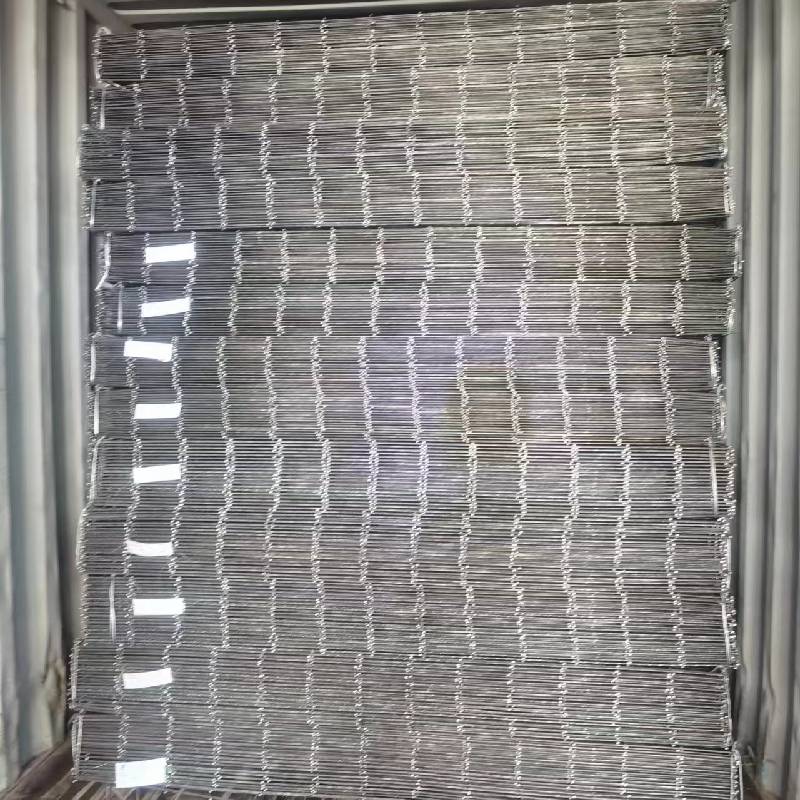
- Mobile Phone
- +8613931874955
- sales@cntcmetal.com
Exploring the Benefits of Wall Ties in Blockwork Construction Techniques
The Importance of Wall Ties in Blockwork Construction
When it comes to blockwork construction, one fundamental but often overlooked aspect is the use of wall ties. Wall ties are critical components that facilitate the stabilization, strength, and longevity of masonry structures. Their primary function is to connect two separate masonry walls, typically one exterior and one interior, ensuring that they work together as a single, cohesive unit. In this article, we’ll explore the various types of wall ties, their significance in blockwork, and best practices for installation.
Types of Wall Ties
Wall ties come in various materials, shapes, and sizes, each designed for specific applications. The most common materials include stainless steel, galvanized steel, and plastic. Stainless steel ties are favored in corrosive environments due to their resistance to rust, while galvanized steel ties offer a more cost-effective option for standard construction situations. Plastic ties are increasingly popular in cavity walls to minimize heat loss and prevent thermal bridging.
Additionally, wall ties can be categorized based on configuration vertical ties are used in traditional cavity walls, while horizontal ties are essential to provide lateral stability. The selection of the appropriate type of wall tie is crucial and largely depends on factors such as the wall's height, local climate, and building regulations.
Role of Wall Ties in Blockwork
The primary role of wall ties in blockwork construction is to ensure structural integrity and stability. When two walls are tied together, they create a bond that prevents them from moving independently. This is especially important in areas subject to seismic activity or high winds. A well-structured tied wall system distributes loads uniformly, reducing the risk of cracking and deformation.
wall ties blockwork

Moreover, wall ties play a significant role in moisture management. In cavity walls, wall ties can provide a path for excess moisture to drain out, reducing the likelihood of dampness or mold forming within the structure. This is essential for maintaining a healthy living environment, particularly in regions with high humidity.
Best Practices for Installation
To maximize the benefits of wall ties in blockwork construction, it is crucial to follow best practices during installation. First, it’s essential to ensure that wall ties are installed at the correct spacing, typically every 600 mm vertically and 450 mm horizontally, although this can vary based on local codes and specific structural requirements.
Moreover, wall ties should be embedded into the mortar of both walls at a depth of at least 50 mm. This ensures a secure connection and aids in load transfer between the walls. It’s also vital to check that ties are positioned away from weep holes to prevent blockage and facilitate proper water drainage.
Finally, regular inspections during and after construction can identify any issues early on. This involves checking for rust, improper spacing, or detachment of ties, which can undermine the structural integrity of the walls.
Conclusion
In conclusion, wall ties are integral to the stability and durability of blockwork constructions. They form a vital link between masonry walls, enhancing their strength and resistance to environmental factors. Proper selection and installation of wall ties are paramount to ensure a robust and long-lasting structure. By adhering to best practices in wall tie application, builders can deliver safer, more reliable buildings that stand the test of time. As innovation and materials continue to evolve, the role of wall ties remains essential in modern construction practices, underpinning the structural soundness of our architectural endeavors.
share:
-
Your Source for Concrete Wall Ties and Masonry AccessoriesNewsJul.10,2025
-
Unlocking the Power of Iron Wire for Every ProjectNewsJul.10,2025
-
Explore Advanced Chain Wire and Stainless Steel Mesh FencingNewsJul.10,2025
-
Discover the Benefits of Annealed Wire ProductsNewsJul.10,2025
-
Discover China Stainless Steel Wire Mesh SolutionsNewsJul.10,2025
-
Build with Confidence Using High-Performance Masonry AccessoriesNewsJul.10,2025
-
Why Sacrificial Formwork Is Redefining Underground ConstructionNewsJun.06,2025



















